From “not having what it takes” for an action game to making “telling a story” a type of game design: meet Hironobu Sakaguchi
We discussed the balance between storytelling and gameplay talking about Shigeru Miyamoto, Hideo Kojima and Yoshiaki Koizumi, and today we are here again to analyze the philosophy of game design made famous by Hironobu Sakaguchi. The dad of Final Fantasy, a series mostly known for its many stories that have entered our hearts and slower-breathing gameplay, has summed up almost the entire genre of turn-based battle RPGs in its famous aphorism. “I don’t have what it takes to make a good action game. I think I do better at telling a story.” As always, starting from his: let’s discover his path and his philosophy in the design of those fantasy worlds, which end never were.
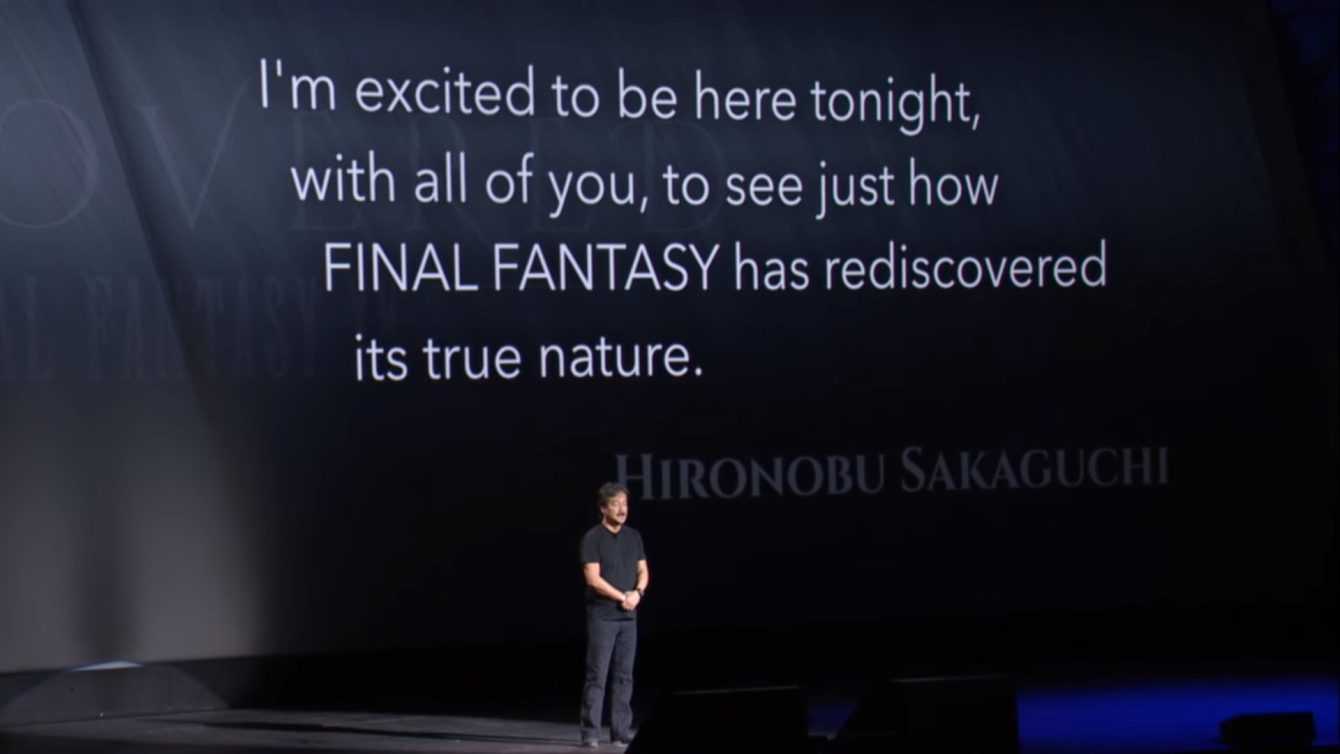
Nibelheim (or “burnt youth”) | Game design school with Hironobu Sakaguchi
Hironobu Sakaguchi nasce il November 25, 1962 in Hitachi, Hibaraki prefecture in Kantō, by a couple from Kyushu (two Japanese regions we talked about on a separate occasion from game design). Holidays in southern Japan aside, his interests at an early age include a true obsession with geology. He studied piano in elementary school, then took up guitar in the school’s amateur band (whose unauthorized concerts nearly cost him an expulsion). The first encounter with video games was at the National University of Yokohama, where through the fellow student Hiromichi Tanaka (another Square-Enix great) discovered Wizardry on his Apple II, in between skipping classes. From what comes what: first a counterfeit Apple II in Akihabara to program, then a part-time job to buy games. And to give him work was the young video games division of the electricity manager Den-Yu-Sha, a studio called… Square.
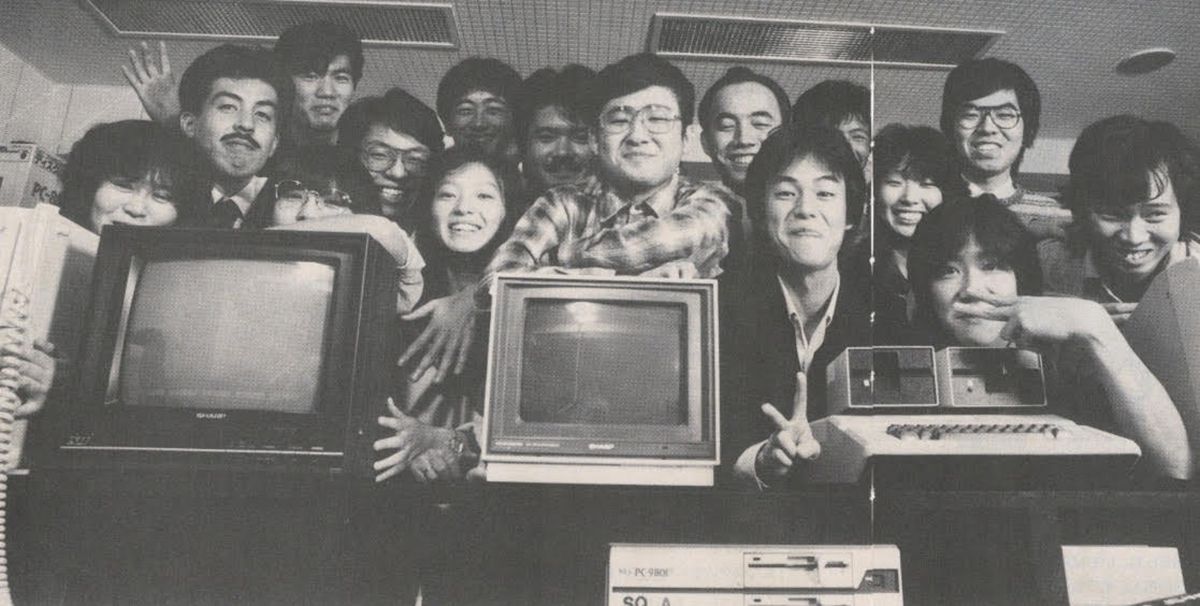
The trap | Game design school with Hironobu Sakaguchi
Due to the more modest nature of Square compared to Namco and Konami of the time, the job interview for Sakaguchi was quick and informal. The future game designer relies more on work to support his music career, although confident in his apprenticeship to learn programming. His first assignment is for an unauthorized adaptation of the TV game show Torin-ingen, and then directing work on the text adventure The Death Trap. The Famicom (NES) debut was with King’s Knight. All projects that have kept Square afloat, but united by the action component that Sakaguchi did not particularly appreciate. Right from the start, the game designer made a name for himself as authoritative boss, later becoming director of planning and development for a now independent Square. After the success of Dragon Quest by a still maiden Enix, he convinced Shigeru Miyamoto to allow his variant of him to be produced. To do so, he drew inspiration from The Legend of Zelda and Origin Systems’ Ultima series.
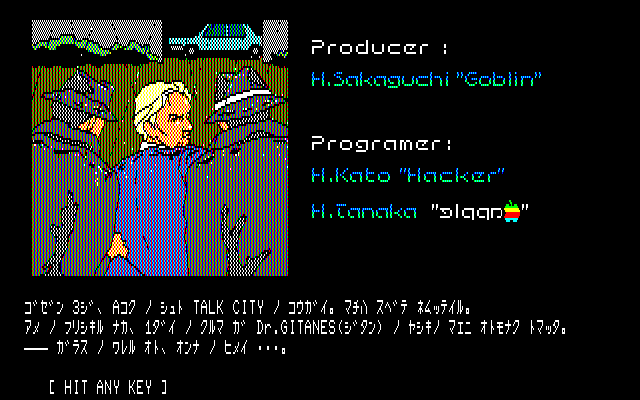
The end is the beginning | Game design school with Hironobu Sakaguchi
If you believed that the confidence of the current Square-Enix in Balan Wonderworld was (rightly) low, you have not seen the frost of the Square of the past towards Fighting Fantasy. Originally it should have been called that, and then changed its name due to a series of crossroads novels of the same name. Sakaguchi wasn’t joking: if his fantasy game didn’t sell, it would have been the end of his job as a game designer, returning to university with his head bowed. We all know very well what the sales have been. With four hundred thousand copies placed in Japan, Final Fantasy became Square’s goose that lays the golden egg, paving the way for sequels and similar projects. One above all Chrono Trigger in 1995, with a dream team composed of him, Yuji Horii (Dragon Quest) as his equal and Akira Toriyama (Dragon Ball) for character design.
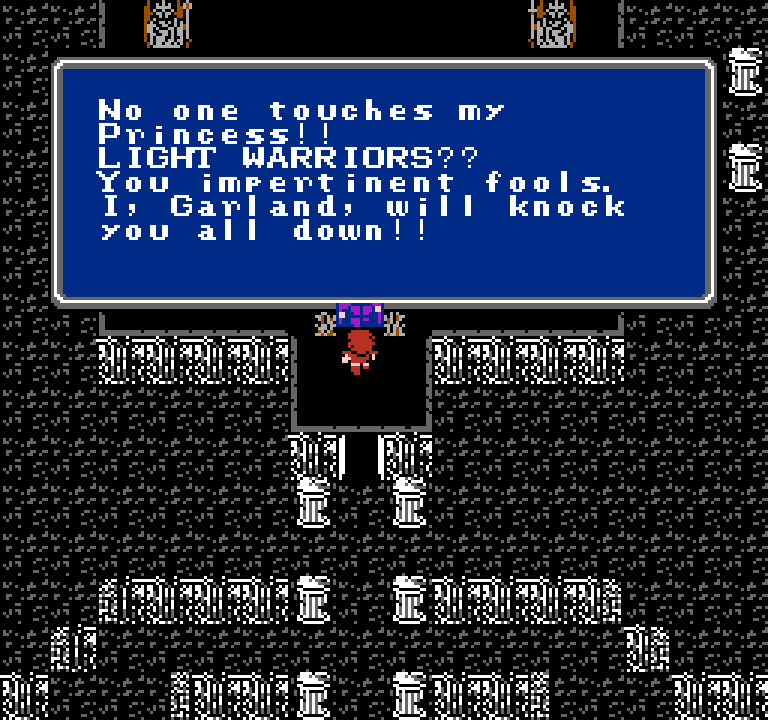
Fascinating graphics and waning graphs | Game design school with Hironobu Sakaguchi
With the series’ mainstream success on the PlayStation with Final Fantasy VII, Sakaguchi started sitting in the backseat for many games such as producer, leaving the reins of other projects to Yoshinori Kitase and Tetsuya Nomura. After the transfer to Honolulu (Hawaiian Islands), he wanted to take back the command only for the nostalgic Final Fantasy IX. Unfortunately, all that amazes with the graphics engine is not gold. The CGI film dedicated to the flagship series, Final Fantasy: The Spirits Within, was a flop, bringing the morale of Sakaguchi at historic lows. Having resigned as producer for Square in 2001, the game designer limited himself to appearing as a producer in the end credits, however spending three years at home – by his own admission – “doing nothing”. Artists Akira Toriyama and Takehiko Inoue convinced him to return to the role of producer, but in the end he left the company in 2003 after working on Final Fantasy X-2.
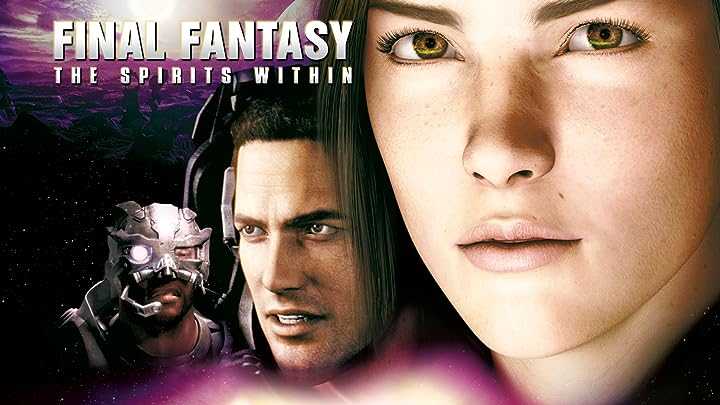
Mists, mists everywhere | Game design school with Hironobu Sakaguchi
The support of Toriyama and Inoue convinces Sakaguchi to take the situation back in hand in 2004, when he founds the indie studio Mistwalker with the help of Microsoft. Not surprisingly, the studio (shared between Honolulu and Tokyo) made its debut with Blue Dragon for Xbox 360. After other games such as ASH: Archaic Sealed Heat, Lost Odyssey and the never-released Cry On, the game designer makes a real and just back to basics with The Last Story on Wii. The game reimagines classic gameplay formulas, with the help of feedback from previous games. However, from then on his team was limited to only minor projects for mobile: Party Wave, a surf simulator (with poor sales) inspired by his passion for waves; Western TV-inspired story card RPG Terra Battle; finally, more recently, Fantasy. The latter was born out of a reimagining of Final Fantasy VI by Sakaguchi, who fell in love with storytelling again after replaying the magnum opus for the SNES.
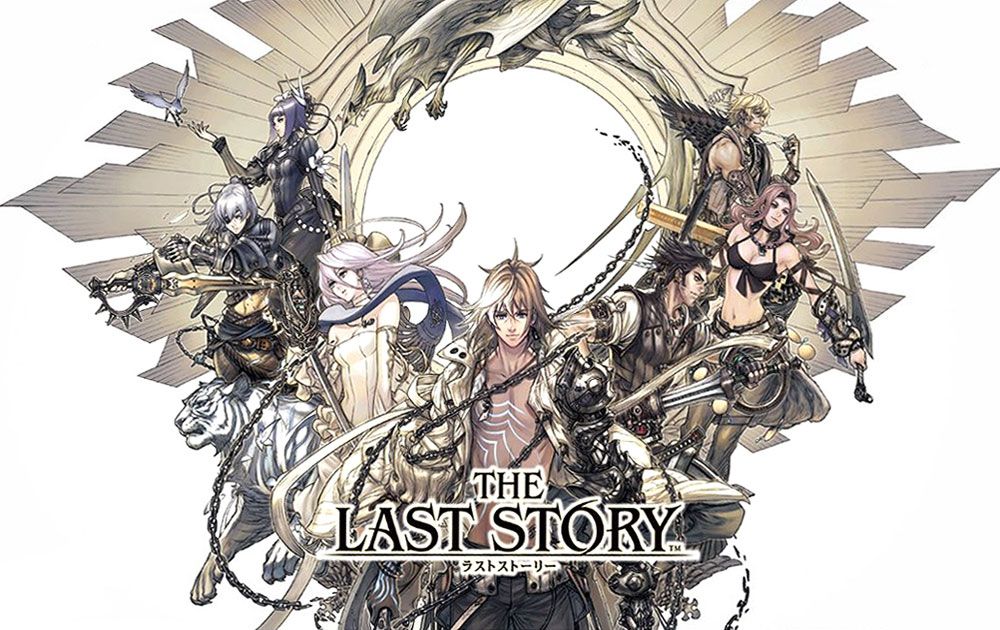
Mindset in Development | Game design school with Hironobu Sakaguchi
Admiration for Dragon Quest was immediate. The primary purpose of Final Fantasy was to create a long adventure with lots of data rescue, on hardware other than the PC. Not that standard RPGs are Sakaguchi’s favorite genre. The honor goes to tactical RPGs, a vein explored by himself with ASH. Sakaguchi’s mission in game design is thenonconformitygoing against the established dogmas in the gaming world while trying to raise it above the cinema, both visually and narratively. The only rule for Final Fantasy, if we can speak of rules, is not to create direct sequels. Exceptions aside, the series remains an anthological series of thematic episodes, each of which remains self-sufficient.
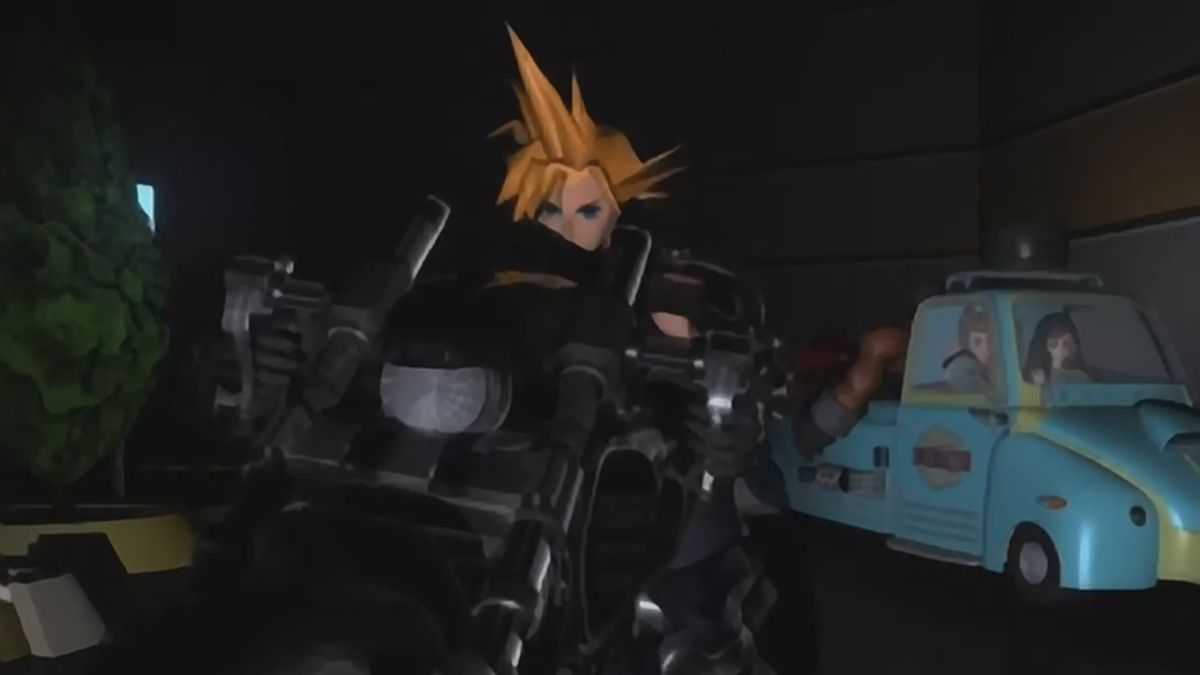
Life and death remain the same | Game design school with Hironobu Sakaguchi
His vision of remake it is fought. On the one hand, the preservation of gameplay ideas is important, but on the other hand, it’s good that you always deal with new projects. Early in his career he had to navigate the limitations of the hardware, but later the problem disappeared. The hobby of surf it’s a recurring influence: one of the mechanics of The Last Story he described as waiting for a good wave. Always going through metaphors, according to Sakaguchi every game created has been how to wait for a child to be born into the world. In the first two Final Fantasy games, the plot was of relative importance. Later, during the travail of the third episode, everything changed when the game designer lost his mother Aki (after which the protagonist of The Spirits Within is named) in a house fire. Between the mourning and the criticisms of the first games for their lack of narrative hint, it led him to reflect on death. And the results were seen, years later, with Final Fantasy VII.
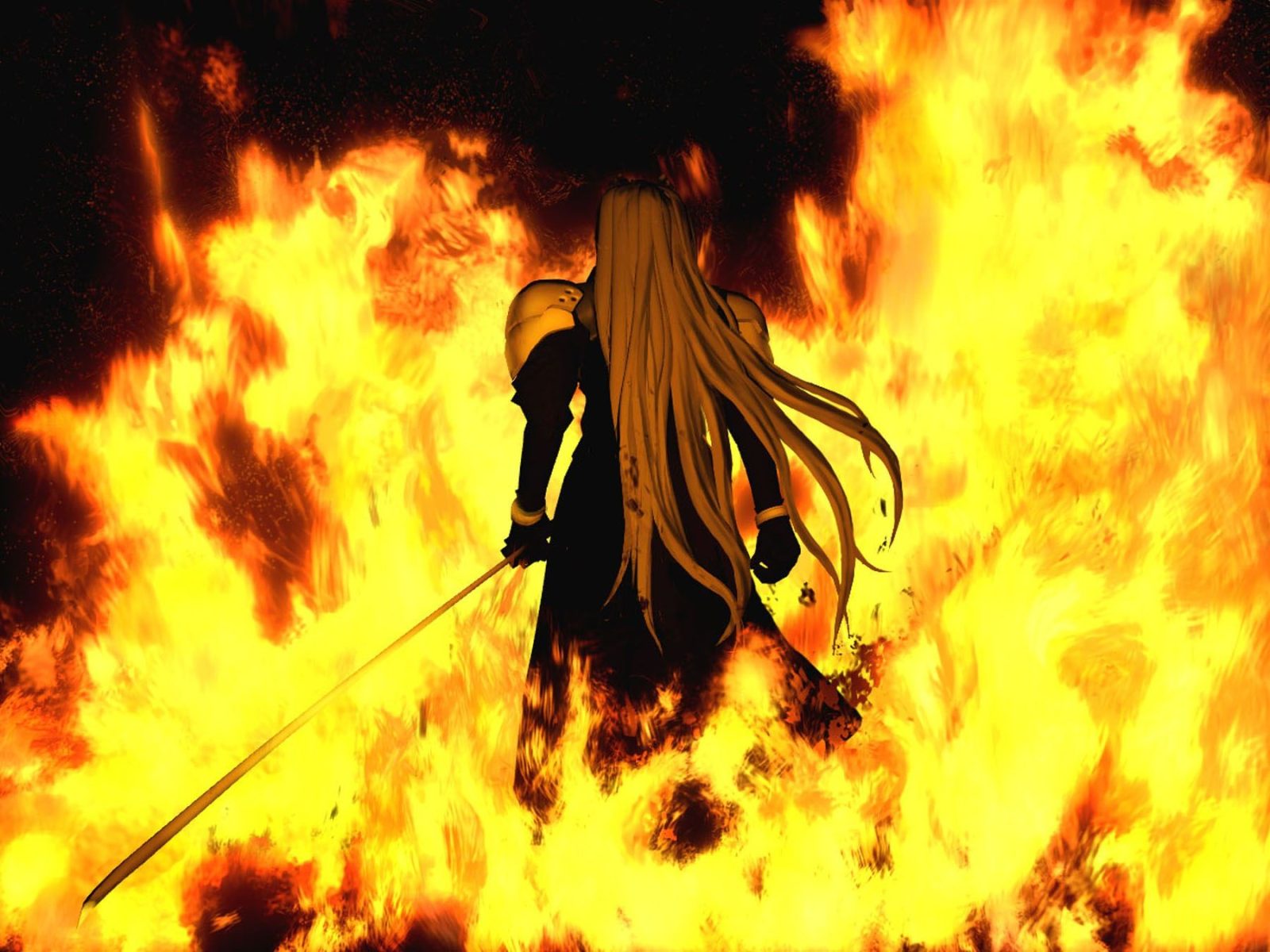
Curtain
The shadow cast by Hironobu Sakaguchi in the world of game design is truly enormous. His influenza it brought RPGs into a golden age that, frankly, has never ended. Apart from what happened with franchises under the aegis of other publishers, such as Pokémon and Persona to name two examples, Square-Enix itself has made a fortune with the creations of some pupils of this great videogame director. Akitoshi Kawazu gave us SaGa, from Tetsuya Nomura we have the brilliant partnership of east and west with Kingdom Hearts, and Tetsuya Takahashi started the entire Xeno series. At the writing of this special, however, the game designer intends to retire from the industry after Fantasian. For our part, we wouldn’t mind a slightly more spotlighted ending. However, considering the beginning of his career and the private life he’s led in Honolulu, maybe that’s the way he should go.
Now it’s up to you to tell us yours: who will the fifth episode be for? Let us know below, and as always, don’t forget to stay on techgameworld.com for all the most important news for gamers and more. For your purely gaming needs, you can instead find the best discounts in digital format on Kinguin.






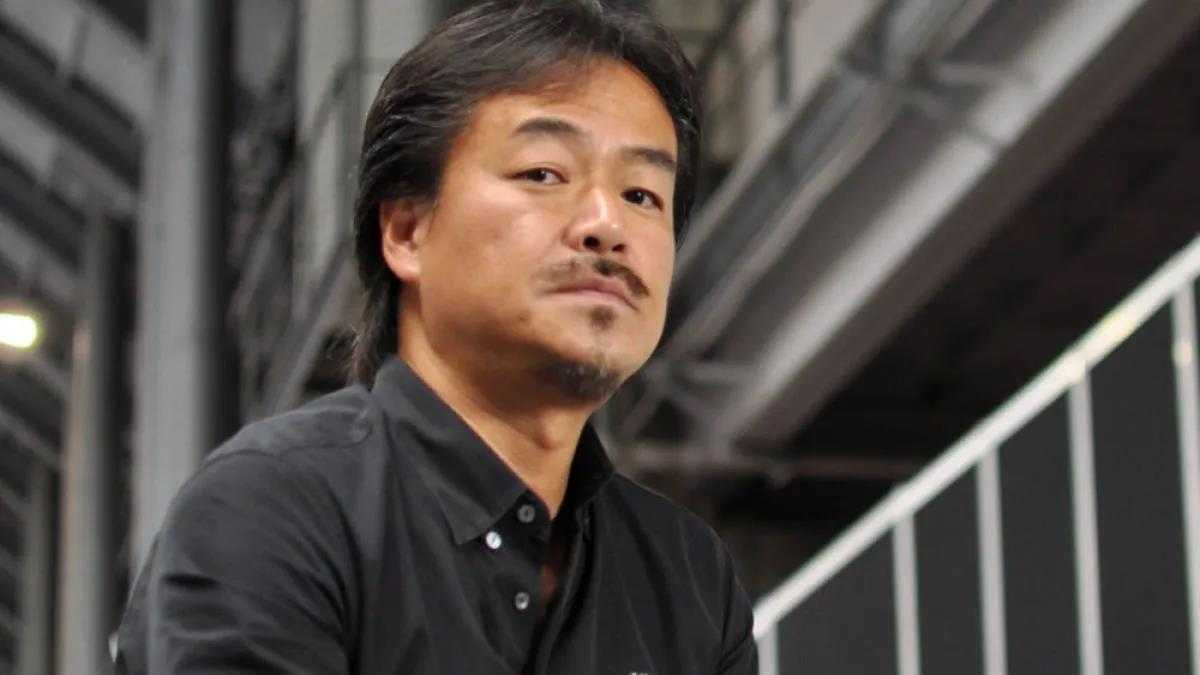






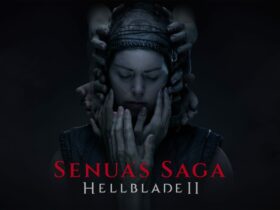
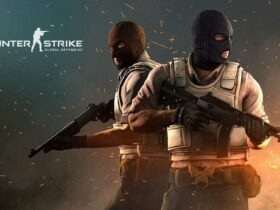
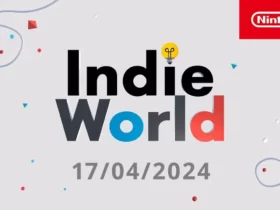
Leave a Reply
View Comments